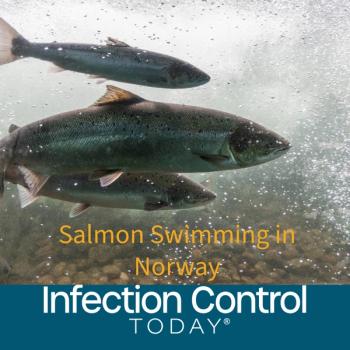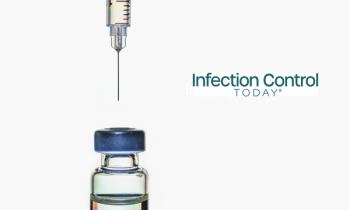
Advanced Sterilization Products Releases the STERRAD CycleSure Self-Contained Biological Indicator
IRVINE, Calif....Advanced Sterilization Products (ASP), a division of Ethicon, Inc., today announced the U.S. release of the STERRAD CycleSure Biological
Indicator (BI) for use with its STERRAD Sterilization Systems. Already
used in countries internationally, the CycleSure BI features a self-contained design, which increases convenience by eliminating the manual transfer process associated with conventional biological indicator strips.
"The STERRAD CycleSure BI now makes it easier than ever for our
U.S. customers to monitor a sterilization cycle and provide clear,
accurate assessments of the validity of a sterilization process," said
Santi Corsaro, worldwide president for ASP. "The U.S. launch of the
CycleSure BI reflects our long-standing commitment to provide
customers with valuable products that increase productivity and
efficiency in the healthcare environment."
The CycleSure BI is for exclusive use with ASP's STERRAD
Sterilization Systems--low-temperature hydrogen peroxide gas plasma
sterilizers that process medical devices and surgical instruments. The
CycleSure BI confirms that conditions necessary to achieve
sterilization in STERRAD Systems have been met. The special indicator
on the BI vial cap changes from red to yellow--confirming exposure to
hydrogen peroxide during the sterilization cycle. The self-contained
BI also features easy-to-read results in a 48-hour processing time.
The CycleSure BI, which received Food and Drug Administration (FDA)
marketing clearance in May, replaces the STERRAD BI Test Pack
currently used for routine monitoring of STERRAD Systems in the United
States. Advances in research and design allowed ASP to develop the
self-contained CycleSure BI, which features Geobacillus
stearothermophilus (Bacillus stearothermophilus), the organism that is
most resistant to the STERRAD System sterilization process.
Introduced in 1993, the STERRAD Sterilization System is based on a
patented process involving the generation of low-temperature gas
plasma from hydrogen peroxide. The system leaves no toxic residues on
surgical instruments and equipment, eliminating the need for a lengthy
aeration phase, and sterile instruments may be used immediately
following the sterilization cycle. Because the process provides
terminally sterilized, "patient-ready" instruments that are dry and
wrapped, instruments can be stored for use when needed. With more than
5,000 units in use worldwide and 17.8 million cycles safely run to
date, the STERRAD System has allowed many hospitals to reduce or
eliminate dependence on EtO sterilization, a chemical deemed
carcinogenic.
Advanced Sterilization Products, a division of Ethicon, Inc., a
Johnson & Johnson company, manufactures and markets a full range of
innovative sterilization and disinfection technologies that safely and
effectively meet the needs of healthcare providers and patients.
Newsletter
Stay prepared and protected with Infection Control Today's newsletter, delivering essential updates, best practices, and expert insights for infection preventionists.





